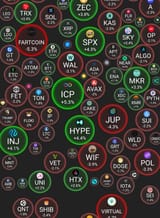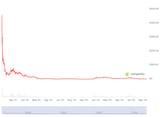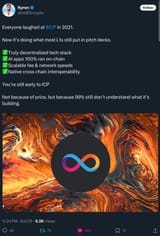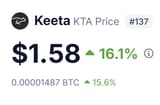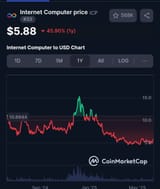>>60490136
it is very obvious to me that you have never built a dapp and do not understand how cycle burn works. Caffeine itself will not burn a single cycle. the only cycle burn will be the dapps that are created with Caffeine. Canisters themselves require an initial cycle balance to deploy. If the canister is uninstalled and deleted, those cycles are returned to the controller and can be used to make new canisters.
Once deployed, the canister itself does not burn many cycles to simply exist. I believe somewhere in the neighborhood of $5 per gb per year. Query calls (reading data) burn very small amounts of cycles. Update calls (changing state) are more expensive. In order for a dapp to burn a lot of cycles, there needs to be constant state updates. This will happen if a) the dapp is extremely popular and many users are using it and updating state or b) the canister has a heartbeat for constant polling, most likely a waste. Only a handful of the caffeine dapps will ever reach a point where they have hundreds of thousands of users and update calls.
What will most likely happen, is once caffeine is launched everyone will play around with it and deploy a few canisters. this will lead to a short term jump in cycle burn. Most users will get bored and move on, or develop shitty dapps that no one uses. The smart users will recycle their cycles as they create new dapps.
As far as Bob, it is a memecoin but its cycle burn is a function of the token price. it is well arbed so that the burn rate is very close to the market price. if there is demand for the (memecoin) token, the burn rate will increase, and if it gets sold it will go down. Currently, one block (every 7 minutes) costs about 35 TC. To put this into context, 35 TC is thirty five trillion instructions. The single message instruction on the IC 5 billion. That means you would need 16 dapps with 1 max instruction call per second every 7 minutes to match. thats a lot.
